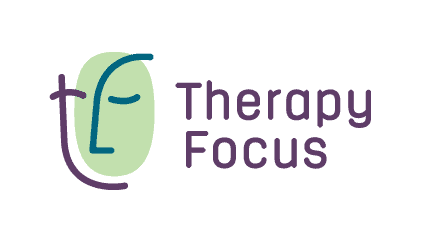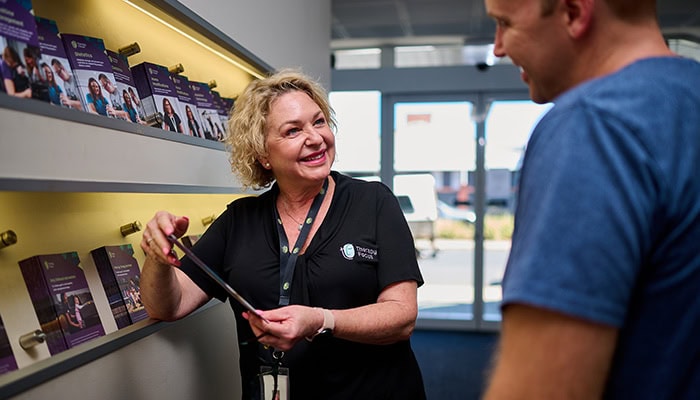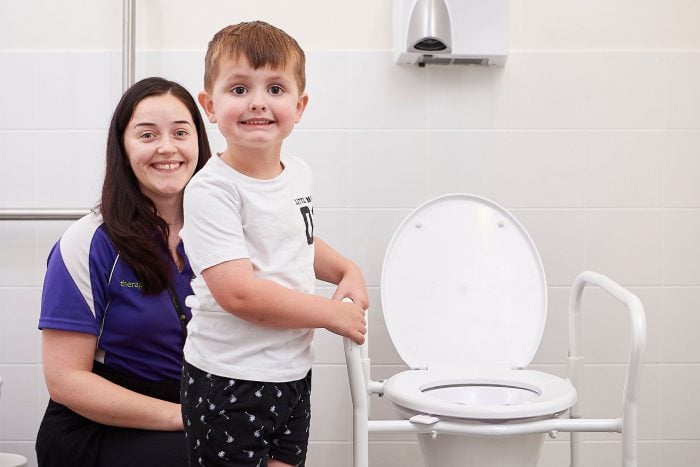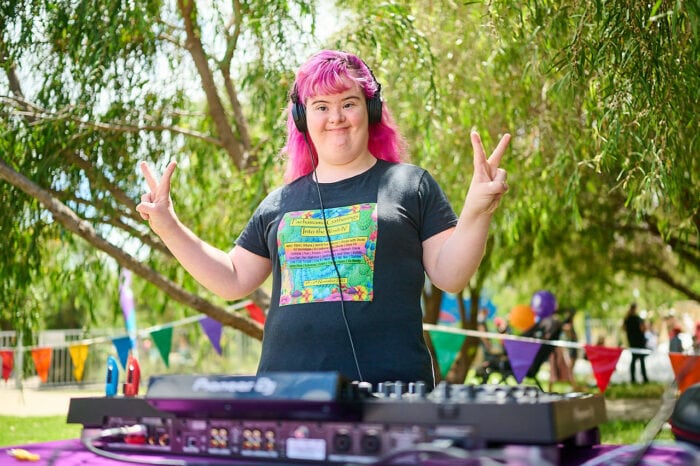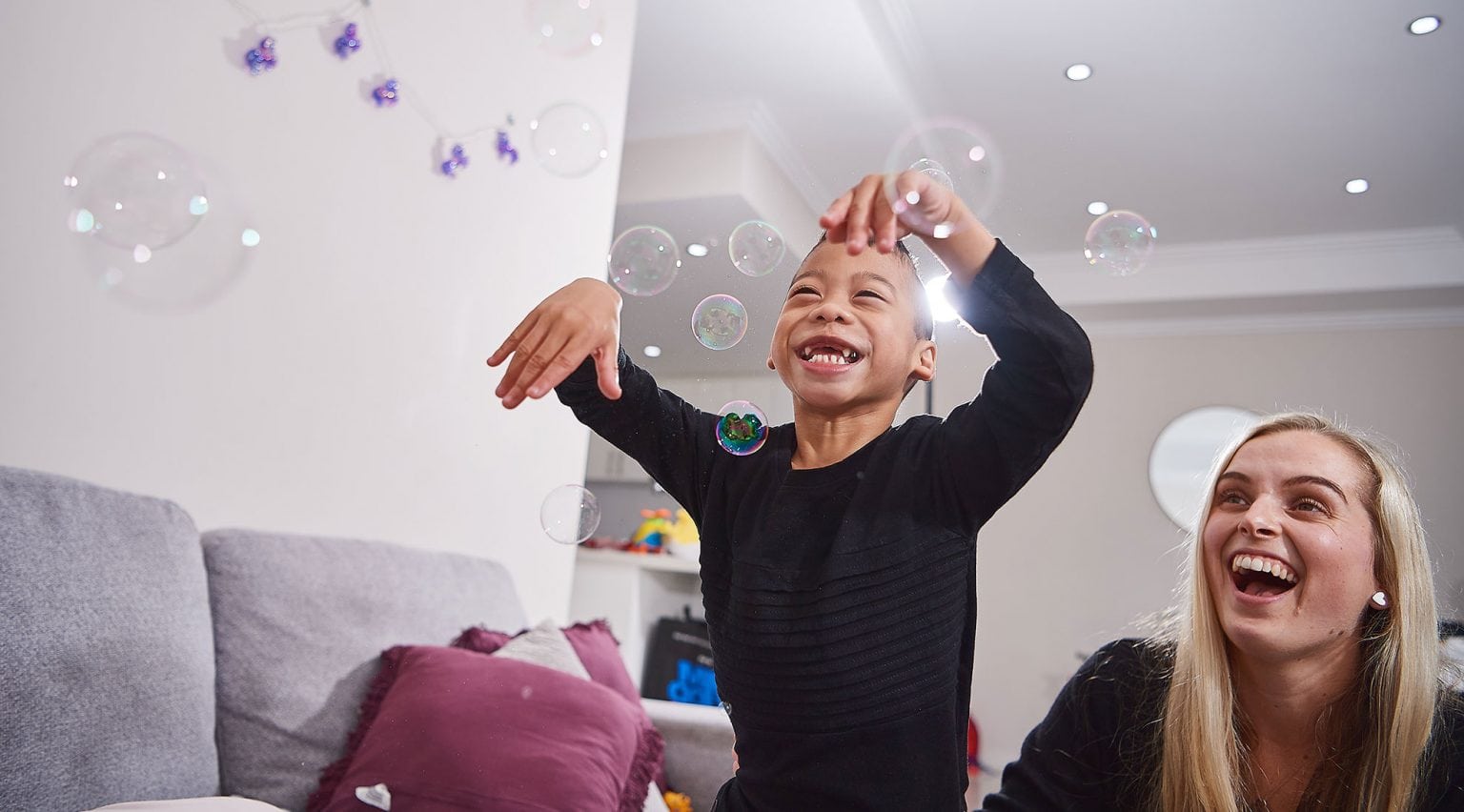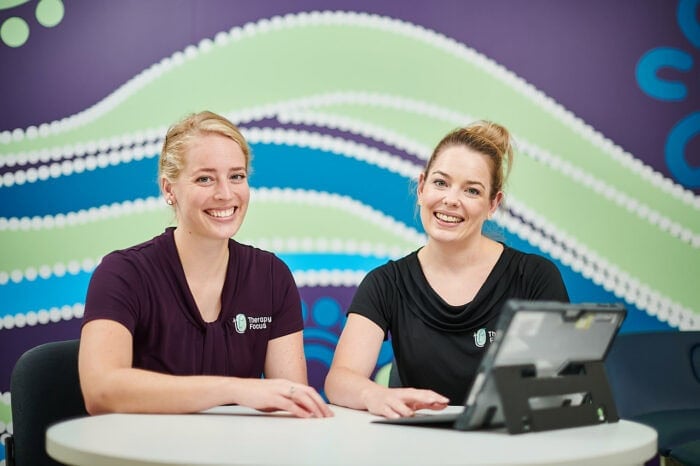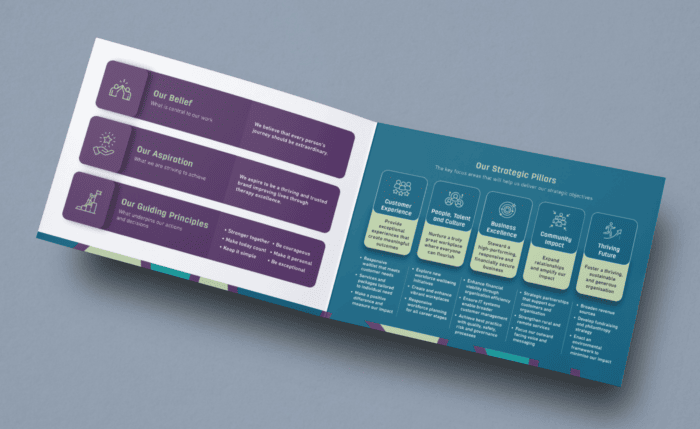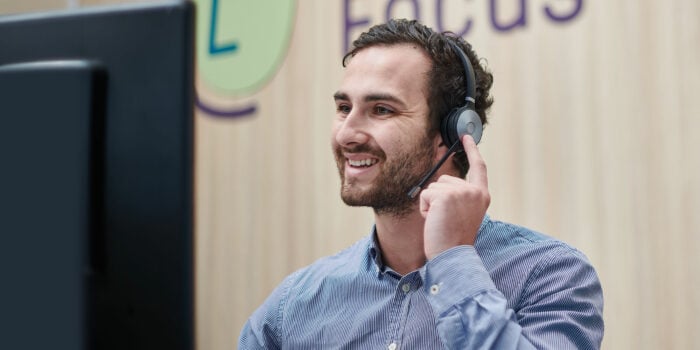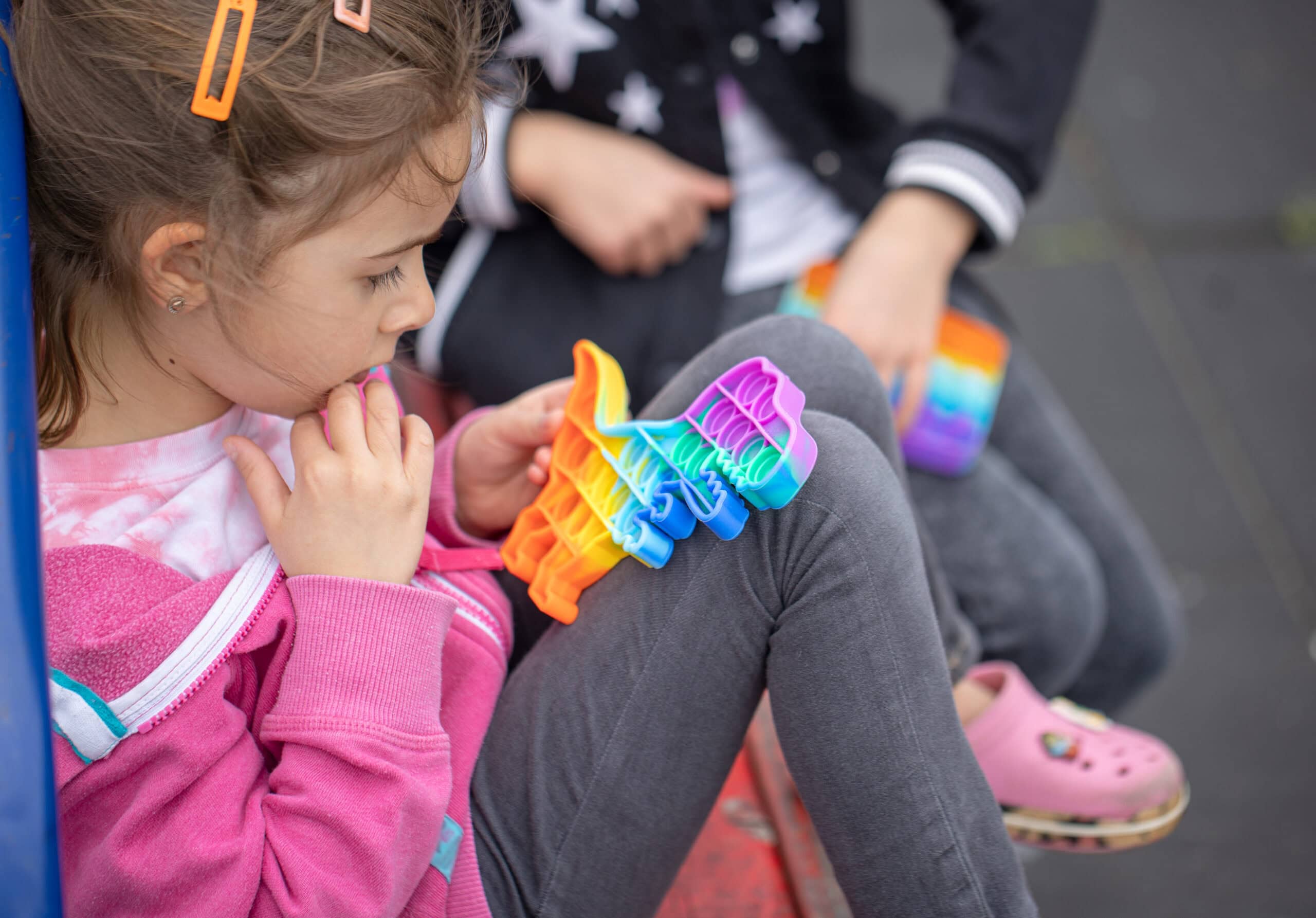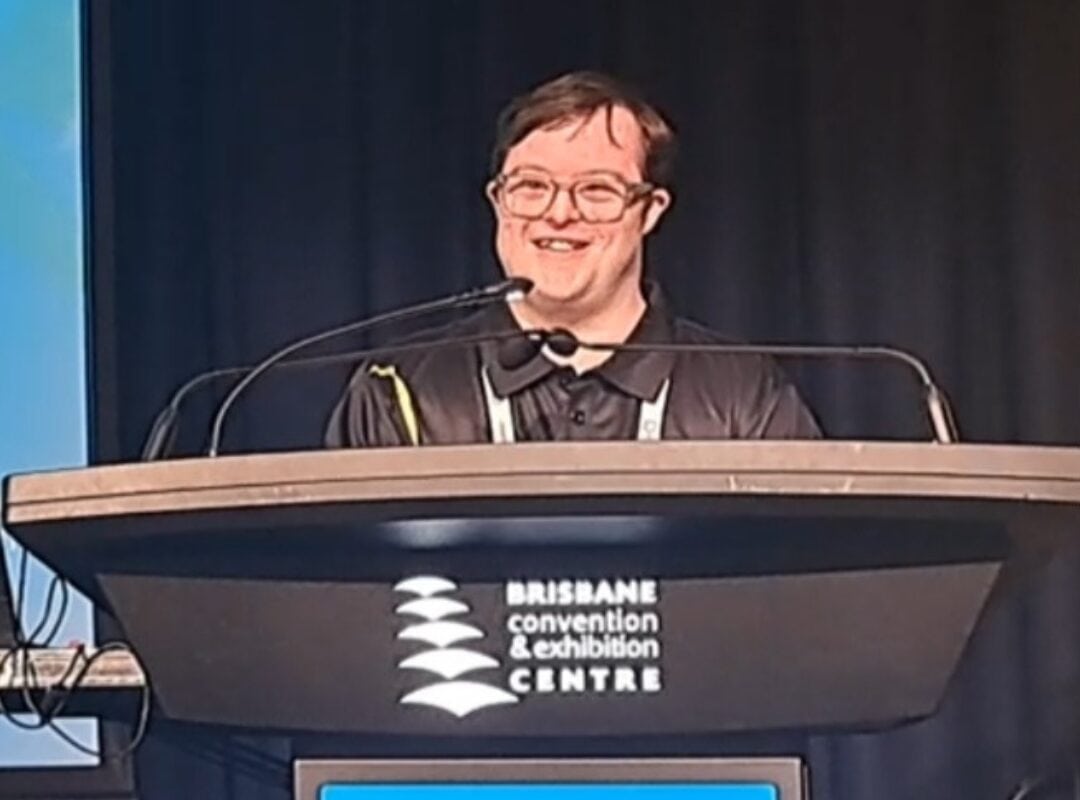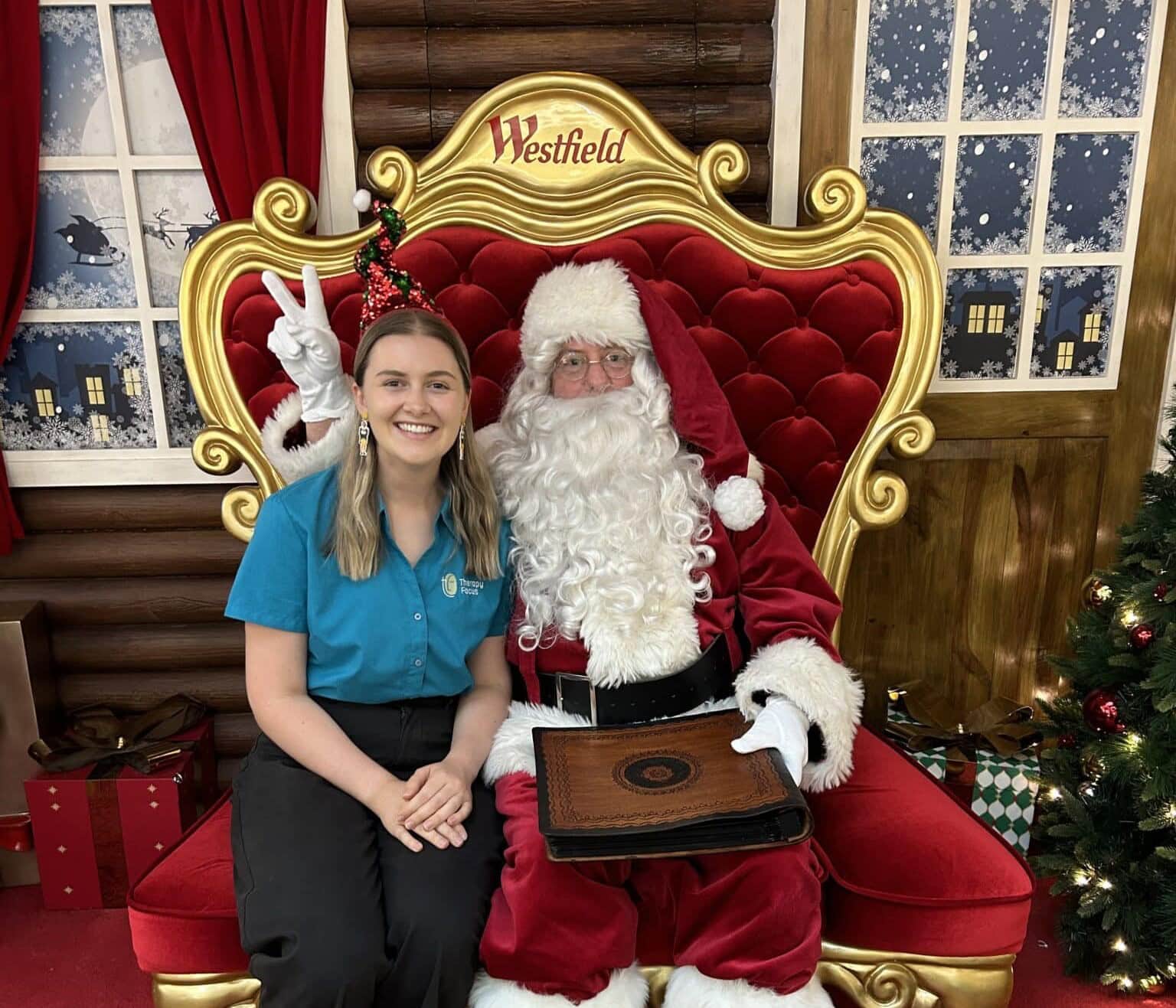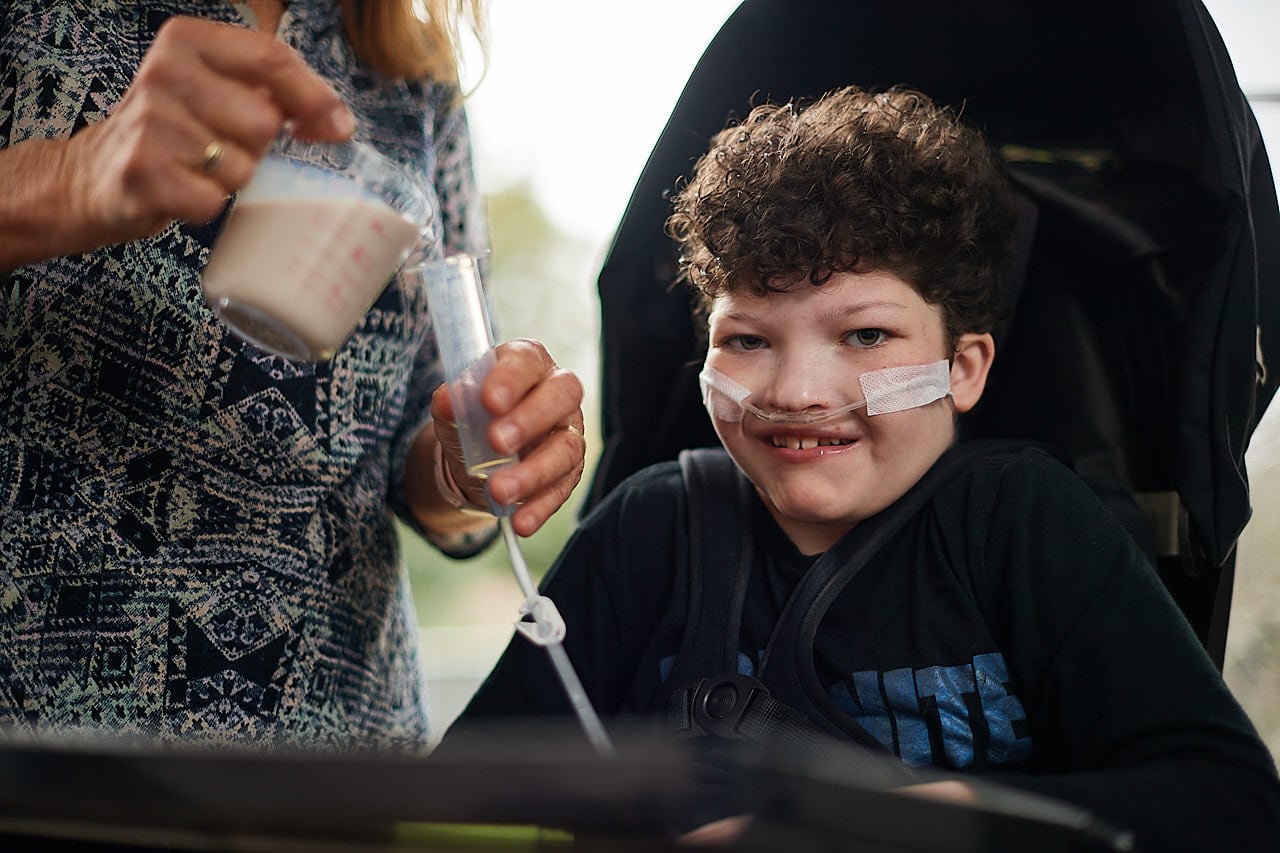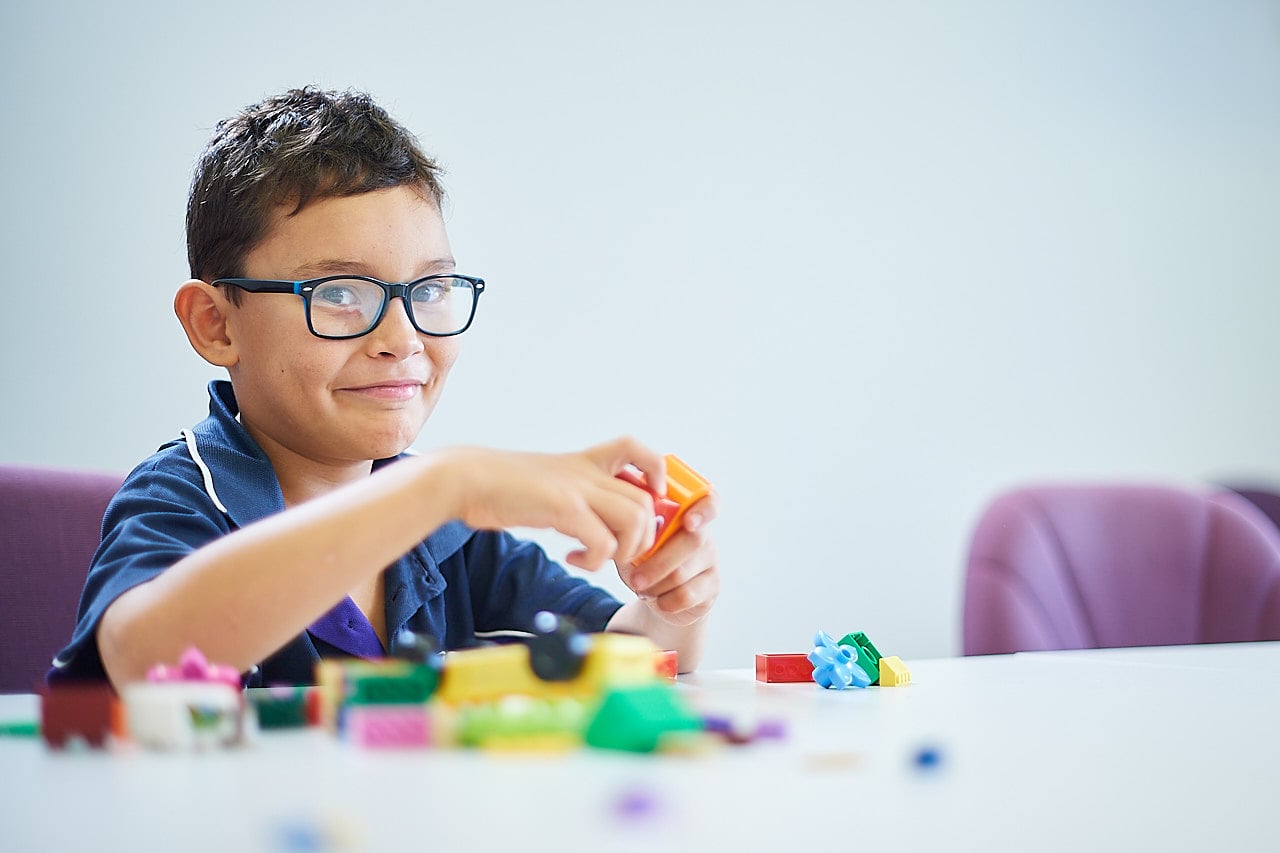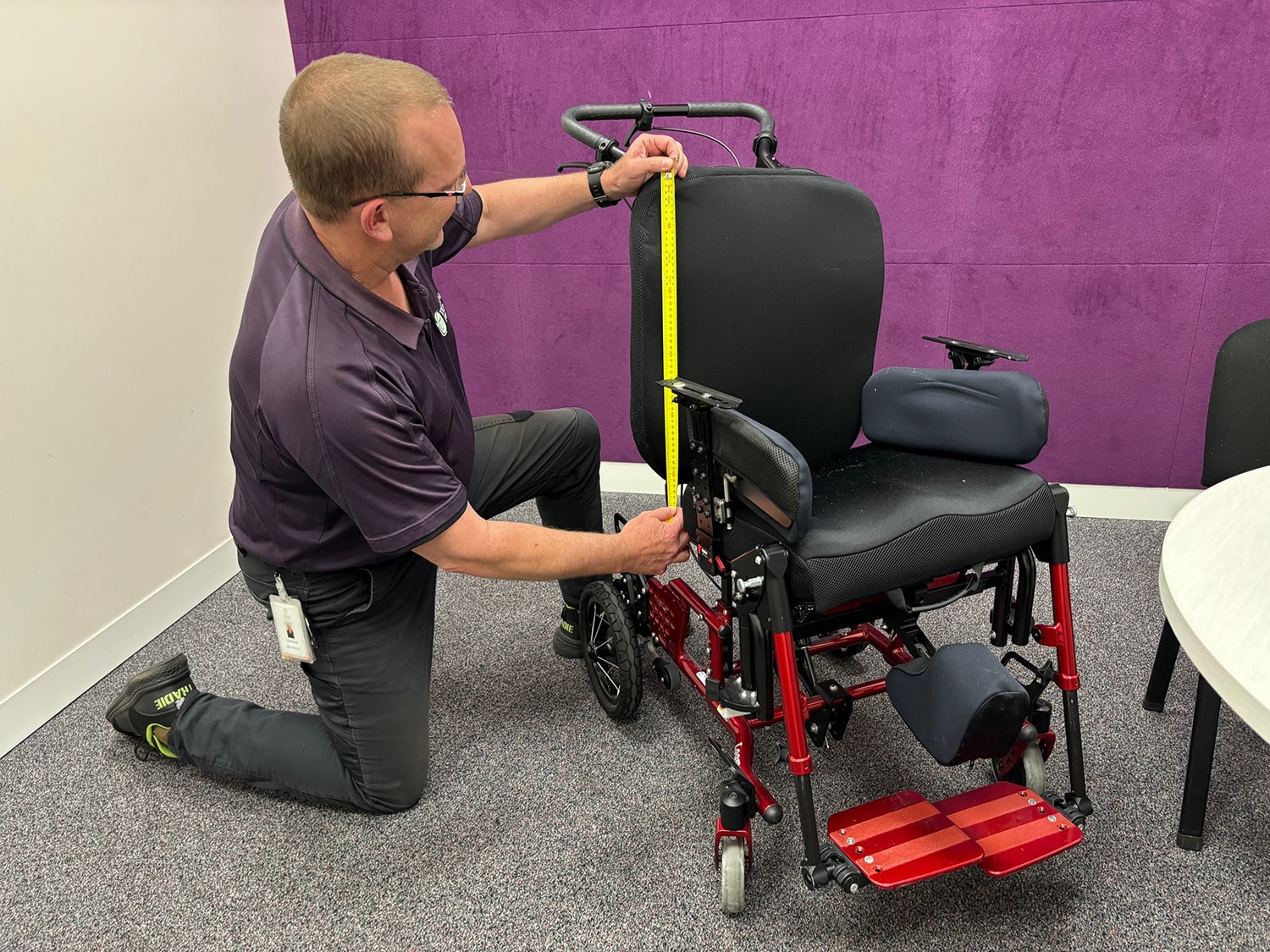What is AAC?
AAC stands for “Augmentative and Alternative Communication”. AAC encompasses methods, systems, tools and strategies to support a person who has difficulties communicating with speech alone.
Augmentative Communication is when we add something to the speech to make it clearer to the listeners. This can include using signs or pictures to clarify what you want to say.
Alternative Communication is when a different communication method is needed when we are unable to speak, or the listeners do not understand speech.
Communication is a fundamental human right. The purpose of AAC is to provide the person with a form of communication so that they can:
- Express their needs and wants
- Participate in making their own life choices and expressing their opinions
- Make and maintain relationships.
- Make connections with others at school, in the workplace and in the community.
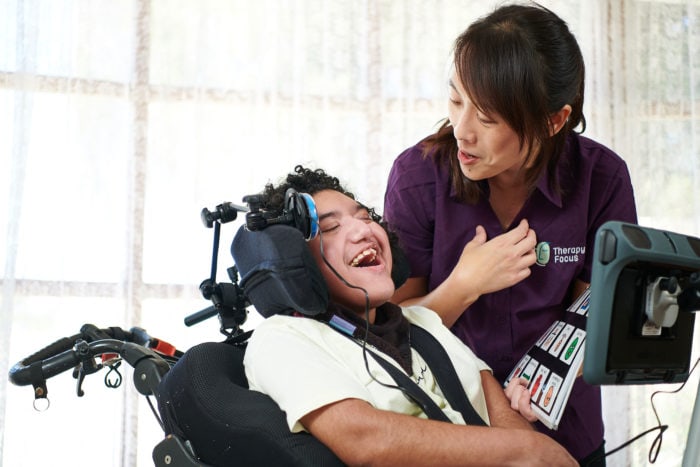
A speech pathologist may suggest AAC for the following reasons:
- If spoken language is slow to develop
- If spoken language is difficult to understand or limited
- To support the development of language comprehension.
Types of AAC systems
We often categorise AAC systems into two groups: unaided and aided.
Unaided communication systems do not need any tools.
Aided communication systems need some form of external support and the user’s body. The table below provides examples of each system:
Unaided Systems:
- Vocalisations
- Body movements
- Facial expressions
- Natural gesture
- Signing
Aided Systems
- Real objects
- Object symbols (e.g. a towel to indicate swimming)
- Photos / Pictures
- Line drawings
- Written words/letters
- Electronic devices and computer systems
AAC can also be divided into ‘light-tech’ and ‘high-tech’.
Light-tech options are usually paper-based, such as communication boards or communication books. They can also include systems such as object symbols and choice boards.
‘High-tech’ types of AAC usually involve devices such as speech generating devices or tablets and computers.
Finding the right AAC system takes time and trial and error. The system may need to be modified or customised to the person’s skills, needs, wants and contexts. The speech pathologist’s role is to assess and support the prescription of an appropriate AAC system and provide the training to the user and communication partners.
Things to remember:
- AAC systems may be either a short or a long-term solution to address communication difficulties
- It takes time and patience.
- It often needs communication partners to use the communication system themselves first.
- AAC competencies develop when the practice is integrated into meaningful and functional activities across the day.
Augmentative and Alternative Communication
We provide effective Augmentative and Alternative Communication (AAC) systems and solutions for people with complex communication needs.
